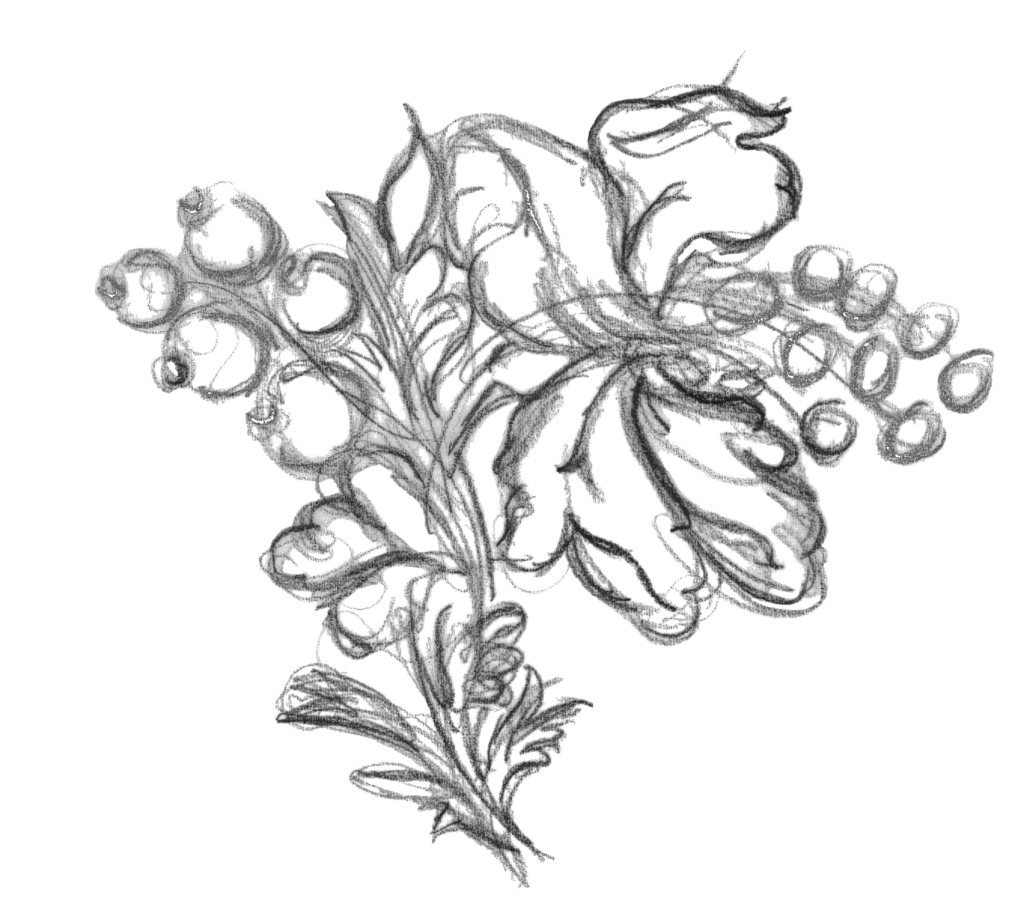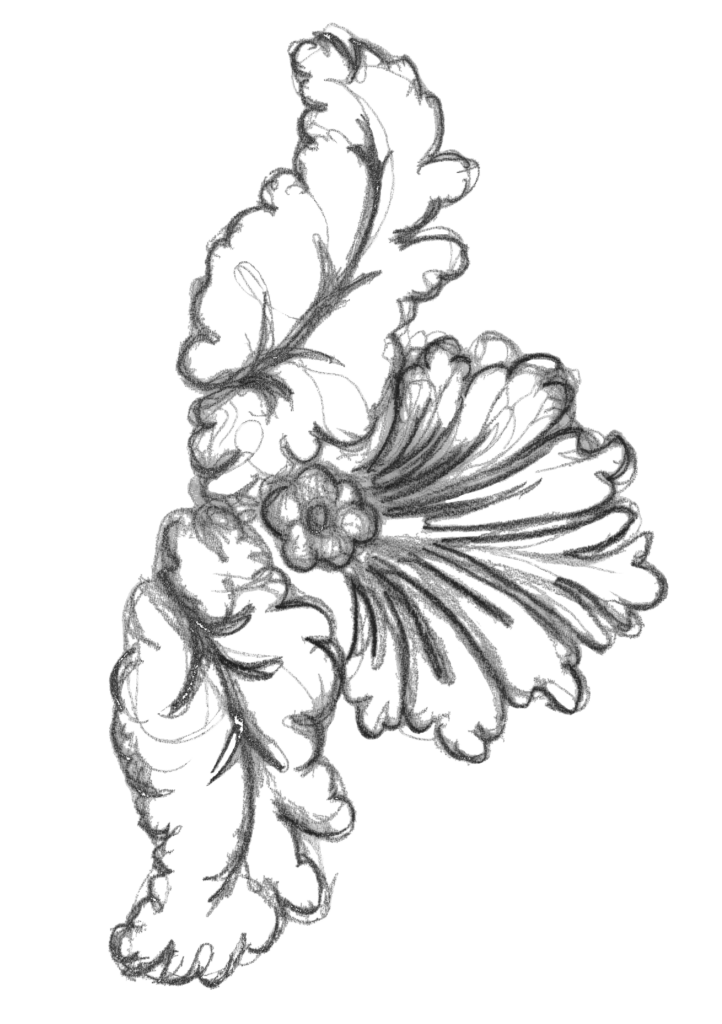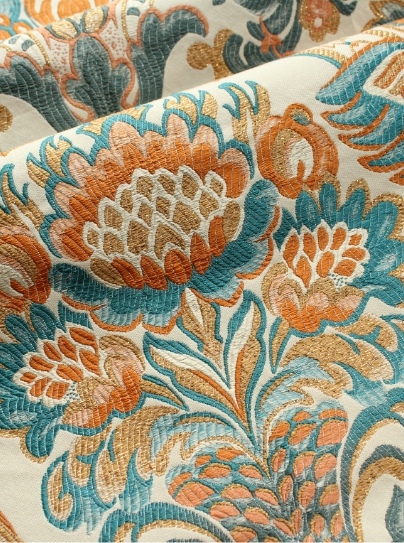Anni Albers at the Tate Modern, Exhibition runs October 2018 – January 2019
The weaving world is a close community and it was abound with anticipation for the Anni Albers exhibition at the Tate Modern. A retrospective of one of the best known textile artists, it also successfully involved modern practitioners and weaving contemporaries to recreate, re-imagine and reinvent.
Anni Albers was one of the first bodies of work I was introduced to when starting my own woven textile degree, her book ‘On weaving’ a seminal text. Albers studied at the Bauhaus in 1922 and discouraged from the male painting domain she found herself in the weaving workshop. The present art and design education system allows some time for experimentation in the disciplines before specialising. Despite this introduction and students being encouraged on aptitude a gendered tendency remains between fine art and design craft. Early on we were asked to question ourselves; ‘Are you an artist or designer?’ art to me has always been an expression, mood or feeling, the powerful need to create. Design incorporates this but with more focus and reward on functional, communicative design aesthetic. Of course the two are not exclusive and Albers endures as an interdisciplinary.
“Weaving is an example of a craft which is many sided. Besides surface qualities, such as rough and smooth, dull and shiny, hard and soft, it also includes colour, and, as the dominating element, texture… Like any craft, it may end in producing useful objects, or it may rise to the level of art.” ~ Anni Albers
Adrian Searle reinforces this in his review for the Guardian, “Disciplines are porous and interconnected, and few more so than textiles. And as Julia Bryan-Wilson points out in her marvellous recent book Fray: Art and Textile Politics, “Just as textiles have stretched between art, craft and industry, they have also oscillated between being defined as leisure and as labour.” There are textiles everywhere in our lives, our history, our cultures, our politics.”
Craft or decorative arts can be viewed as the grounding of society, indeed Albers believed this and the Tate exhibition includes examples of historic textiles that Albers had collected and studied from all around the world and more often than not undertaken by men. Amber Butchart further explores the relationship between the gendered issue of art and craft in her own article.
The early part of the Tate exhibition explores what Albers describes as her pictorial weaving;
“A form of weaving that is pictorial in character, in contrast to pattern weaving, which deals with repeats of contrasting areas”. ~ Anni Albers
Weaving is a time consuming process and success hinges on advance planning and considered outcomes. Weaving exists within the fixed parameters of a matrix of threads with designs and constructions working in geometric and mathematical patterns. Albers vision and skill lay in her ability to manipulate the machinery to draw in a more expressive way. She exploited the inherent properties of yarn and material to create texture, surface, interplay and colour. Albers often planned out her ideas on paper but still applied the constraints of weaving to her freehand work, making them essentially geometric but with an organic quality. These studies act as a guide for colour, texture and woven construction on the loom.
For woven textile designers and practitioners the exhibition contained the recognisable language of design that we are so familiar with. Neatly drawn weave constructions depicting ends and picks can be read like sheet music or computer code, exactly mapping out the story to unfold ahead. They start out as purely functional instructions but become attractive patterns within themselves.
There is a comradery between hand weavers that transcends generations and underpins the relationship between the weaver and the loom. There is a strong physical connection formed through hours, months and years of warping, threading, shuttling and weaving which was beautifully highlighted by the inclusion of looms book-ending the start and finish of the exhibition.




